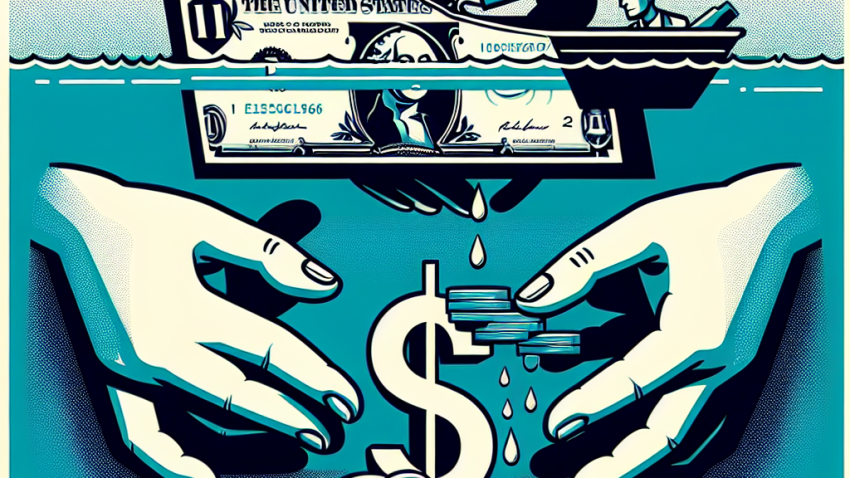
Eurodollars and Offshore Risk: Hidden Fragilities in Dollar Liquidity
The Curious Relationship Between Interest Rates and Inflation: A Macroeconomic Deep Dive
It never ceases to amuse me how often the phrase “Don’t fight the Fed” is uttered with religious reverence, yet few grasp the mechanics lurking behind the monetary curtain. Allow me, Dr. Alistair P. Whitmore—macroeconomist, part-time contrarian, and full-time tea enthusiast—to guide you through the precarious dance between interest rates and inflation. By the end, you’ll view central banks not as wizards, but as stubborn choreographers struggling to keep economies from stepping on their own feet.
Understanding Interest Rates: The Price of Money
Interest rates are, in essence, the cost of borrowing money. When you take out a mortgage, swipe a credit card, or finance a new commercial building, you’re paying for the privilege of using someone else’s funds. Central banks, such as the U.S. Federal Reserve or the European Central Bank, tweak short-term interest rates—typically the rate at which banks lend to one another overnight—to influence broader economic activity.
When central banks lower interest rates, borrowing becomes cheaper. Corporations invest, consumers splurge on everything from lattes to Lamborghinis, and asset prices often rise. Conversely, when rates climb, the economy typically decelerates, as if someone pressed a brake pedal at precisely the moment you reached cruising speed.
Types of Interest Rates Matter
- Nominal Interest Rate: The stated rate without adjusting for inflation.
- Real Interest Rate: The nominal rate minus inflation—a more accurate measure of the cost of borrowing.
- Effective Federal Funds Rate: The actual rate at which banks lend balances to each other, influenced directly by central bank policy.
Inflation: The Slow Decline of the Dollar’s Swagger
Inflation measures the overall rise in price levels in an economy. A bit of inflation is healthy—it encourages spending today rather than perpetual saving. Too much, however, and purchasing power erodes faster than a sandcastle in a hurricane. Hyperinflation? Well, ask Zimbabwe or 1920s Weimar Germany how delightful that was.
Key Drivers of Inflation:
- Demand-Pull Inflation: Too much money chasing too few goods.
- Cost-Push Inflation: Rising costs of production—think oil shocks or supply chain snarls.
- Built-in Inflation: A self-fulfilling cycle where wages and prices keep increasing in tandem.
The Traditional Relationship: Interest Rates as an Inflation Antidote
In theory—and, thankfully, often in practice—raising interest rates reduces inflation. Here’s the logic:
- Higher rates make borrowing more expensive.
- Consumers and businesses cut back on spending and investment.
- Demand falls; prices stabilize or decrease.
The underpinning model here is the Phillips Curve, which posits an inverse relationship between unemployment and inflation. However, like most models, it loses its luster in extreme economic environments. Who said economics was easy?
Case Study: Paul Volcker’s Crusade
In the early 1980s, Federal Reserve Chairman Paul Volcker heroically hiked the federal funds rate to nearly 20% to combat rampant inflation. It triggered a painful recession, but inflation was tamed. Historians now debate whether it was Volcker’s policy or structural shifts in the economy—but at the time, he was vilified. Now? The man’s practically canonized in policy circles.
When the Relationship Breaks: Unforeseen Consequences
Twenty-first-century markets introduced new challenges. After the 2008 financial crisis and through the COVID-19 pandemic, interest rates hovered near zero in many developed economies, and central banks engaged in bond-buying sprees (a fancy term: quantitative easing). Yet, inflation remained mysteriously tame for over a decade. It was as if the laws of economics had been rewritten in invisible ink.
Fast forward to 2022. Post-pandemic recovery, supply chain bottlenecks, and war-disrupted energy supply chains finally broke the spell. Inflation soared, central banks reacted aggressively—and voila, interest rates began to rise again like stale soufflés in a microwave.
Lag Effects and Market Psychology
It’s critical to understand that rate changes don’t affect inflation immediately. We’re talking lags—sometimes six to 18 months. Worse, expectations play a crucial role. If households and businesses expect prices to remain high, they behave in ways that perpetuate inflation: workers demand raises, companies raise prices, and the snake continues to eat its own tail.
The Role of Central Bank Communication
The modern central bank operates as much with press conferences as with policy tools. Forward guidance, dot plots, and carefully selected adjectives (“transitory,” anyone?) help markets adjust course—in theory, at least. Market participants often parse every syllable from Jerome Powell as if decoding ancient prophecy. As any seasoned economist will ruefully admit, verbal guidance can sometimes help more than actual policy moves themselves.
Global Impacts and Spillovers
Rate hikes in one country can reverberate globally. For instance, aggressive policy tightening in the U.S. tends to:
- Strengthen the U.S. dollar, making imports cheaper—good for inflation control, but tough luck for export sectors.
- Trigger capital outflows from emerging markets seeking higher returns in dollars.
- Increase debt-servicing costs for countries and companies with dollar-denominated liabilities.
In a globally intertwined ecosystem, monetary policy is never executed in a vacuum. One nation’s buckling inflation is another nation’s recession risk.
Final Thoughts: Balancing the Tightrope
The relationship between interest rates and inflation is neither linear nor reliable in all contexts. If central banking were as simple as turning a dial, the world would not have endured decades of boom-and-bust cycles, housing bubbles, and currency crises. Adjusting interest rates is akin to steering a ship in fog—not only is the feedback delayed, but so too does the destination shift beneath your feet.
As investors, policy-watchers, and curious minds, we must approach these issues with both analytical rigor and a healthy dose of humility. There’s no singular formula, no universal truth—only shifting variables in an ever-complex equation.
So next time someone grumbles about a rate hike over cocktails or whispers of inflation during lunch, you may regale them with your newfound macroeconomic prowess. Or simply remind them: the economy, much like life, rarely follows a straight path.
For more insights on global markets and policy trends, visit our About Us page or contact us for inquiries.


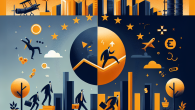
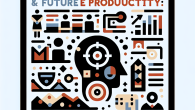
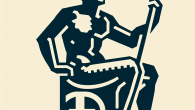
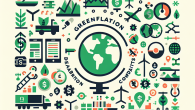
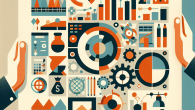
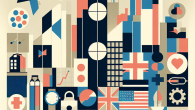

Leave a Reply